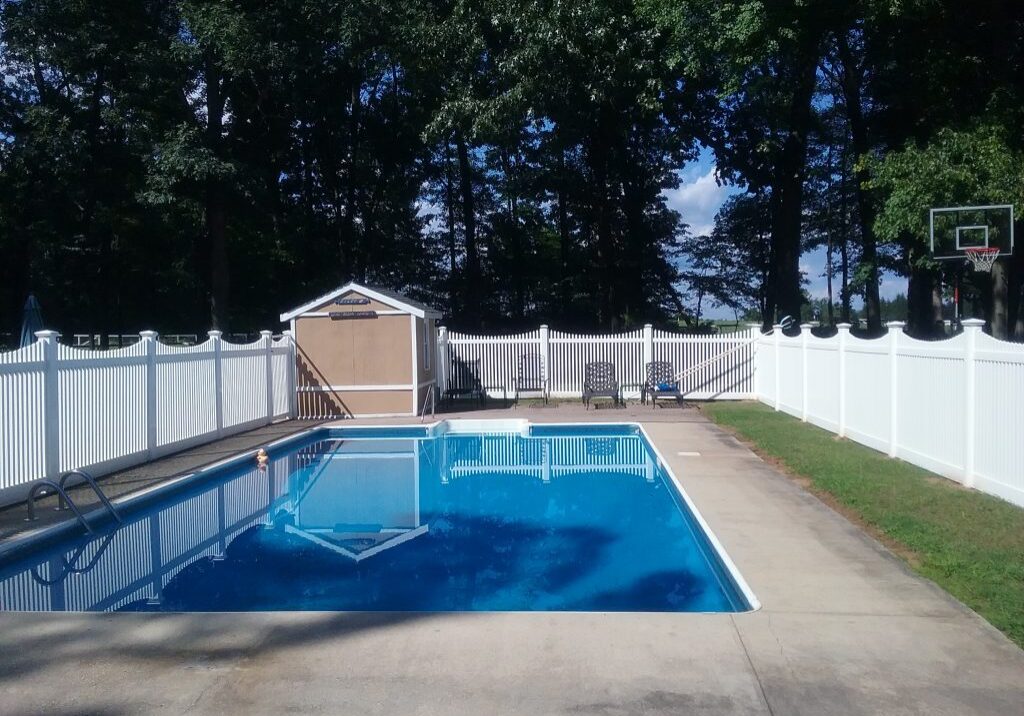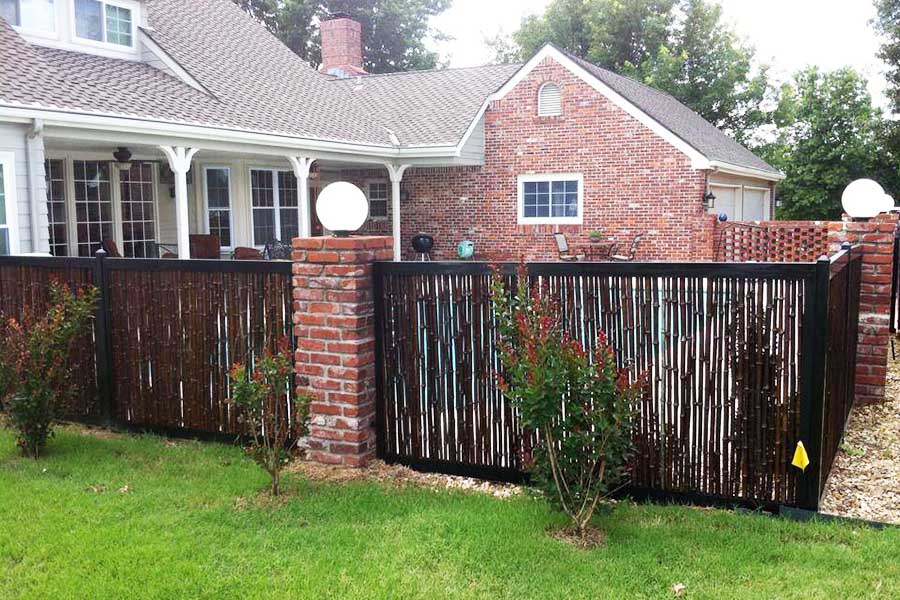All Categories
Featured

As sustainability ends up being an expanding concern for services and homeowners, the need for green structure materials extends to outside rooms, including fences. Standard secure fencing materials such as timber, steel, and vinyl can have significant ecological impacts, from logging to chemical treatments and plastic waste.
- Bamboo Fencing. Bamboo is one of one of the most lasting products on the marketplace, and it is significantly utilized in fencing building and construction due to its fast growth and stamina. Unlike hardwood trees, bamboo is a yard that can grow back completely within simply a couple of years, making it very eco-friendly. It's normally immune to bugs and rot, which suggests it does not need severe chemicals or therapies, making it a green selection.

Advantages: Bamboo fences are durable, low-maintenance, and eco-friendly. They are normally immune to termites and wetness, reducing the need for chemical preservatives. Additionally, bamboo assists reduce dirt disintegration because of its deep root systems. Factors to consider: Bamboo can be much more pricey than some conventional timber fencing options, and it might not appropriate for locations with extreme cold or freezing temperature levels, as it can come to be breakable with time. 2. Recycled Products Fence. Numerous producers currently supply fencings made from post-consumer plastic, recycled wood, or even repurposed metal. Many composite materials, for instance, are made from recycled plastic bottles, timber scraps, and other materials that would or else be discarded.
Conveniences: Recycled product fencings aid conserve natural deposits, decrease contamination, and lower the ecological effect of the manufacturing procedure. They can likewise use outstanding durability, withstanding decay, mold and mildew, and termites. Considerations: While recycled product fencings are environment-friendly and highly resilient, they might not have the same natural aesthetic that some house owners look for. Producers currently supply layouts that resemble the look of timber or rock. 3. Composite Fencing. Compound secure fencing is made from a blend of timber fibers and plastic, often including recycled materials. This combination develops an extremely long lasting, low-maintenance fence that does not call for regular painting or discoloration, making it a lasting option. Composite fences are immune to rot, pests, and weathering, which suggests they can last for several years without the demand for regular substitutes.

Benefits: Compound fencings are resilient and can stand up to extreme climate condition, lowering the need for repair services or substitutes. Since composite products often consist of recycled web content, they help reduce plastic waste. Furthermore, they do not need unsafe chemicals or therapies. Considerations: Compound fences can have a greater upfront expense than typical wood or vinyl, though their durability and minimized maintenance prices typically make them a more cost-effective option in the long run. 4. Living Fences. Living fencings, additionally recognized as hedgerows, are an eco-friendly and cosmetically pleasing alternative that entails growing thick hedges, trees, or climbing up plants along your home line to produce an all-natural obstacle. Popular plants for living fencings include boxwood, privet, and holly. These plants can be grown to offer privacy, windbreaks, and sound decrease while adding to ecological wellness.
Advantages: Living fences advertise biodiversity, boost air high quality, and take in carbon dioxide, making them among the most environment-friendly fencing options. They likewise give a natural habitat for pests and birds and can decrease sound contamination and help manage temperature levels in your lawn. Factors to consider: Living fences need regular upkeep, such as trimming, watering, and occasionally pest control. They likewise require time to establish and might not offer prompt personal privacy contrasted to strong timber or plastic fences. 5. Cedar and Redwood Secure Fencing. Cedar and redwood are preferred all-natural wood options for fences. These products are naturally immune and long lasting to rot, pests, and wetness, which means they generally don't call for using damaging chemical therapies. When sourced from sustainably managed woodlands, cedar and redwood fencings can be an environmentally pleasant selection that offers both beauty and durability.
Perks: These timbers are eco-friendly, sustainable, and offer exceptional longevity and natural charm. Cedar and redwood additionally have a reduced ecological influence when harvested properly, making them an environmentally friendly option for lots of property owners. Factors to consider: While cedar and redwood fences have ecological benefits, they do still require occasional maintenance and are extra pricey than other timber alternatives. It is very important to make sure that the timber is sourced from sustainable woodlands to maximize its environmental benefits. 6. Stone and Brick Fencing (Recovered) Rock and brick fences are incredibly resilient and low-maintenance, and they can be environmentally friendly when made from recovered materials. Redeemed rock and brick are commonly salvaged from old structures or building and construction jobs, minimizing waste and saving natural deposits. These materials offer a classic appearance and are very resistant to weathering, making them a resilient remedy for fencing.
Perks: Reclaimed rock and block are resilient, aesthetically pleasing, and need marginal upkeep. By repurposing these products, you help in reducing the need for brand-new sources and reduce waste in garbage dumps. Considerations: The installment of stone and block fences can be labor-intensive and extra costly contrasted to other materials, but their durability and reduced maintenance requirements can make them affordable over time. Verdict. Green secure fencing options are not just helpful for the atmosphere however also supply resilience, low maintenance, and visual appeal. Whether you go with bamboo, recycled materials, composite fence, living fences, or lasting wood like cedar and redwood, there are numerous means to reduce your environmental footprint while enhancing your residential or commercial property's look. By choosing these eco-conscious materials, you can add to a healthier earth and produce an outdoor space that reflects your worths.
Latest Posts
Unlock Your Financial Partner at WyHy – Low Rates for Members
Published May 25, 25
1 min read
Enhance Your Building with Overhead Door Systems
Published May 24, 25
1 min read
Unlock WyHy Federal Credit Union – Key Tools for Your Future
Published May 24, 25
1 min read